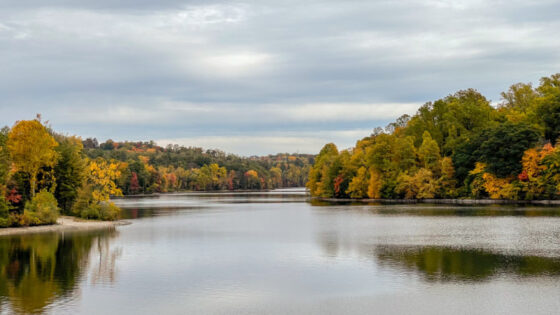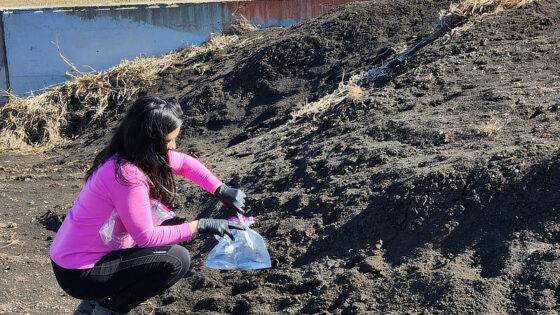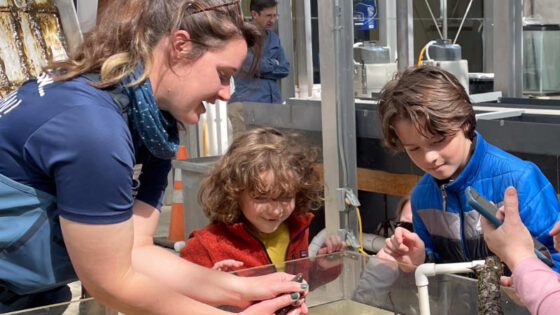Sweeney, B.W., S.J. Czapka, and T. Yerkes. 2002. Restoration Ecology 10(2):1–9.
doi: 10.1046/j.1526-100X.2002.02036.x
Abstract
The reestablishment of riparian forest is often viewed as “best management practice” for restoring stream ecosystems to a quasi-natural state and preventing non-point source contaminants from entering them. We experimentally assessed seedling survivorship and growth of Quercus palustris (pin oak), Q. rubra (red oak), Q. alba(white oak), Betula nigra (river birch), and Acer rubrum (red maple) in response to root-stock type (bare root vs. containerized), herbivore protection (tree shelters), and weed control (herbicide, mowing, tree mats) over a 4-year period at two riparian sites near the Chester River in Maryland, U.S.A. We started with tree-stocking densities of 988/ha (400/ac) in the experimental plots and considered 50% survivorship (i.e., a density of 494/ha [200/ac] at crown closure) to be an “acceptable or minimum” target for riparian restoration. Results after four growing seasons show no significant difference in survivorship and growth between bare-root and containerized seedlings when averaged across all species and treatments. Overall survivorship and growth was significantly higher for sheltered versus unsheltered seedlings (49% and 77.6 cm vs. 12.1% and 3.6 cm, respectively) when averaged across all species and weed control treatments. Each of the five test species exhibited significantly higher 4-year growth with shelter protection when averaged across all other treatments, and all species but river birch had significantly higher survivorship in shelters during the period. Seedlings protected from weeds by herbicide exhibited significantly higher survivorship and growth than seedlings in all other weed-control treatments when averaged across all species and shelter treatments. The highest 4-year levels of survivorship/growth, when averaged across all species, was associated with seedlings protected by shelters and herbicide (88.8%/125.7cm) and by shelters and weed mats (57.5%/73.5 cm). Thus, only plots where seedlings were assisted by a combination of tree shelters and either herbicide or tree mats exhibited an “acceptable or minimum” rate of survivorship (i.e.,>50%) for riparian forest restoration in the region. Moreover, the combined growth and survivorship data suggest that crown closure over most small streams in need of restoration in the region can be achieved most rapidly (i.e., 15 years or less) by protecting seedlings with tree shelters and controlling competing vegetation with herbicides.
Funding
NSF Award No. DEB-0096276. Title: LTREB: Stream ecosystem structure and function within a maturing deciduous forest. Duration: August 1998–July 2003.



